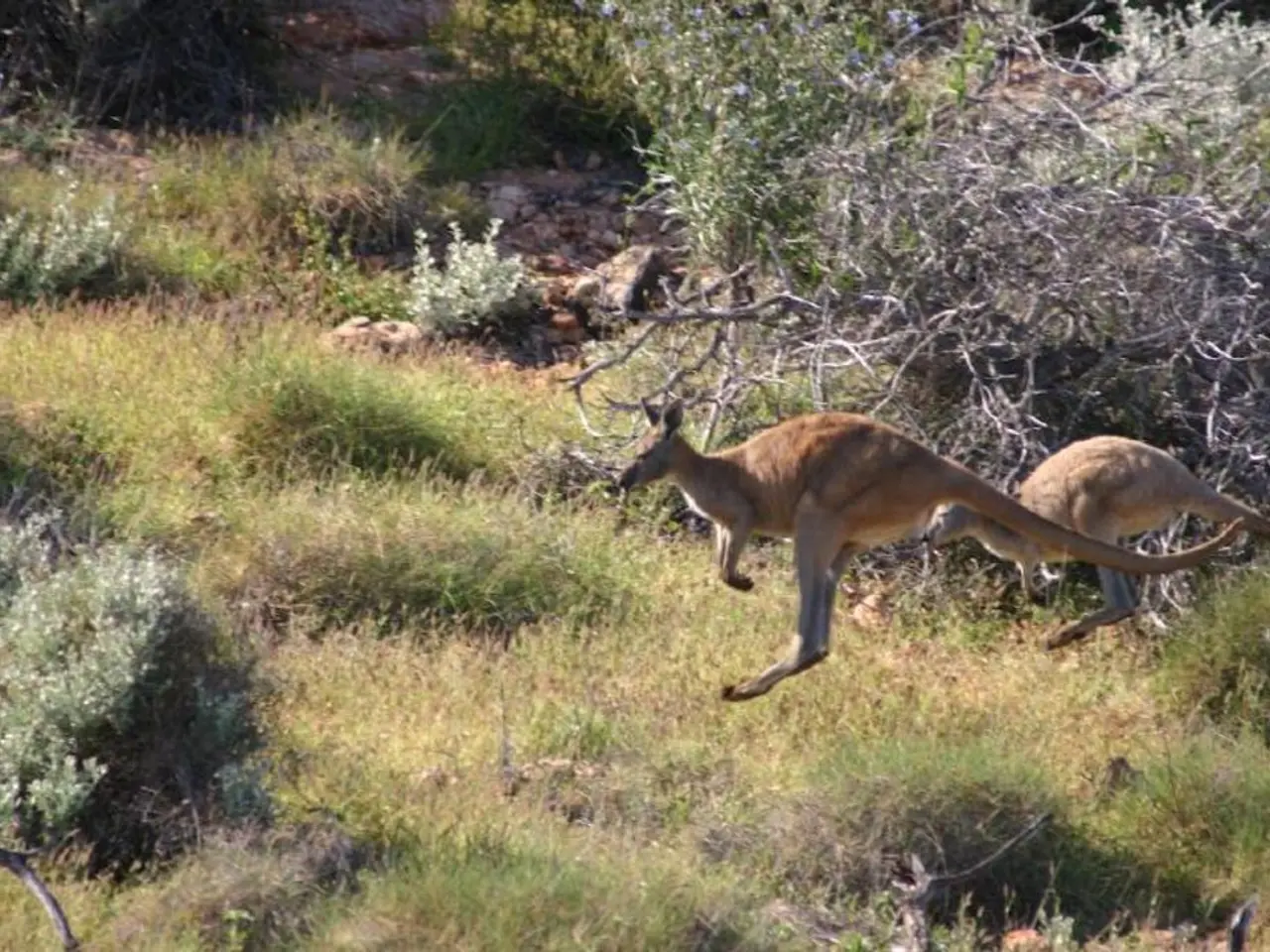Tourist Faces Consequences at Uluru: Another Visit Ending in Lesson Learned
In the heart of Australia's Northern Territory lies Uluru, a sacred monolith significant to the Pitjantjatjara Anangu, the Aboriginal people of the region. Known also as Ayers Rock, this hallowed ground has been the subject of numerous myths and legends over the years, with stories of bad luck and misfortune for those who steal rocks from its base.
Last year, reports surfaced of the Anangu people struggling to keep up with the number of items being sent back. Tourists, despite the associated misfortunes, continue to take pebbles, sand, and twigs from Uluru. Many have returned these items through the mail due to guilt or a series of bad luck events.
According to news.com.au, Steve Hill, a tourist who visited Uluru in 2017, is one such example. After taking a small reddish stone from the base of the monolith, he experienced a string of bad luck events, including a random kangaroo attack, a car engine explosion, and lost photos from his trip.
The news about the overwhelming number of items being returned was also reported last year. However, concrete, verifiable cases or formal documented patterns of bad luck linked specifically to removing rocks from Uluru are more anecdotal rather than scientifically confirmed or officially recorded.
The cultural belief in spiritual consequences remains strong among the Anangu and forms a significant part of visitor education to protect the site. The Uluru-Kata Tjuta National Park management and Indigenous custodians continually stress the importance of leaving things in place out of respect for the site's sacred value and its cultural heritage.
Returning the items to their original spots is difficult for the Anangu people, as they face logistical challenges due to the significant number of items being returned. The Anangu people have expressed a preference for people to stop taking random objects (and sand) from their sacred site.
Despite these challenges, the cultural narrative and warnings are widespread enough that many tourists comply. The practice of taking items from Uluru continues, but the stories of bad luck and the subsequent return of stolen rocks serve as a reminder of the site's sacredness and the importance of respecting its cultural heritage.
- Some tourists, inspired by home-and-garden TV shows, might consider a small piece of Uluru as a memento, unaware of the cultural significance and potential trouble that comes with it.
- A lifestyle shift towards responsible and cultural-sensitive travel could appreciate Uluru's beauty without compromising its home-and-garden environment or incurring bad luck.




